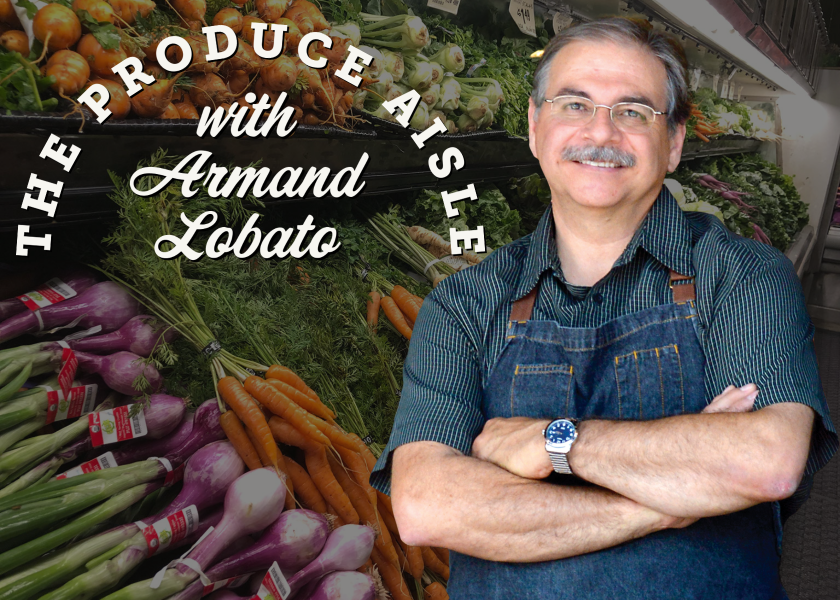Make sure your inventory is going with the ‘flow’

By every measure it seems, it’s been a long winter.
On the calendar as I scratch out these few lines, spring officially begins in one month. Unofficially, in the area near my dad’s old ranch, and many places just like it I suspect, spring begins when you can see numerous, rising columns of smoke rise across the horizon. Ranchers in the area are responsible for clearing their own sections of irrigation ditches. Clearing and burning the brush within is a common, effective method.
Come spring runoff, the water will then run flow easier, minus the obstacles, as the mountain-fed water winds its way unimpeded downhill through many miles, through diverting canal and ditch head gates, and finally into ranchers’ fields necessary for crops and livestock. And another season begins.
Of course, this pastoral moment comes to mind in thinking of a basic premise of produce departments.
How? It has to do with the same “flow” mentality. Fresh produce inventory isn’t something you want to store, aging in your backroom or walk-in cooler, for any length of time. That inventory ideally should be gone — on the shelf or sold, so that the backroom is empty by the time your next produce delivery arrives. Or nearly so.
Flowing, you might say: from truck to storage (temporarily), then promptly stocked on the shelf and sold.
Produce buyers at the warehouse level have the same challenge, the same perspective, albeit on a larger scale.
Inventory “turns” is one steadfast measure of produce management performance — probably the most important standard. The higher the turns, the fresher the product for your customers and the less likelihood the inventory will be mishandled, misrotated, damaged, become overlooked, aged or become a shrink problem.
Related: Read more insight from Armand Lobato
Your job as a produce manager, is to be on constant lookout for anything that may threaten this natural inventory flow as it moves from the source, the truck, all the way to going down the cashier’s belt and out the door with shoppers to use and enjoy.
The telltale signs are obvious to the seasoned veteran, perhaps not so much to others. As you write your daily orders, you can’t help but notice. Why hasn’t the half-pallet of navels sold yet? What’s your display look like? Is it being regularly rotated? Recently come off an ad? Is the merchandising placement off? Maybe the oranges need a secondary display. Pop open a few cases. How about the quality? Has a recent price uptick slowed the movement? Will an in-store special help spur sales?
Be proactive while items in question are still of good quality to help avoid aged inventory and minimize shrink.
Many times, inventory that is starting to slip qualitywise could possibly find new life in your salad bar or with your deli, as they often use produce for their needs. And if you ever get stuck with a few cases of poor quality you just can’t sell, remember your first loss is always your least loss. Move it out, mark it down or donate it, then order in fresh stock to get on the shelf right away so there’s little, if any, interruption, and keep the inventory moving.
The all-important inventory you oversee (and its effects — sales, potential volume and loss, gross profit) arrives through the back door and goes out the front. We’re not that much different than the humble farmer walking in irrigation boots, spade in hand, diverting spring water where needed. The closer you keep your eyes on the product, and the flow, the better.
Armand Lobato works for the Idaho Potato Commission. His 40 years of experience in the produce business span a range of foodservice and retail positions.







